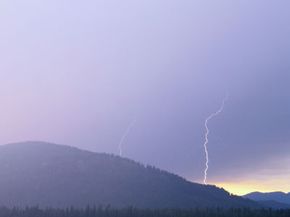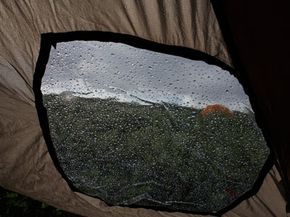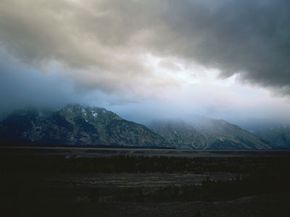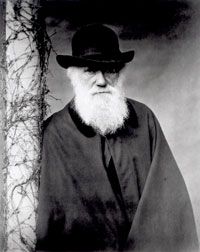You're on what you hope will be a leisurely camping trip. It's a warm summer afternoon. You're cooking up the catch of the day over a crackling campfire. Suddenly, a few raindrops splat your arms, and before you know it, the sky opens up. Then you hear what sounds like thunder in the distance. What should you do? Your tent is close by and would offer shelter from the pouring rain. There's a campsite picnic shelter a few minutes down the trail. And then you remember that your car is parked down the road. What's your safest bet to ensure you and your family's safety?
It's a common question for many hikers and campers -- especially when they're camping during the steamy, thunderstorm-prone summer months. While your best choice depends on the severity of the storm and your location, heading to your car is almost always the safest option [source: NOAA]. Your tent and a picnic shelter will keep you dry, but they offer little or no protection against lightning. Your car, on the other hand, will keep you dry and protect you if lightning strikes. Protecting yourself against possible lightning strikes is very important; lightning kills an average of 62 people in the U.S. each year [source: NOAA]. If you keep all of the windows and doors closed in your car, you'll be able to weather out the storm and return to your campsite.
Advertisement
Of course, if you're backpacking, not car camping, and you're deep in the backwoods, your vehicle won't be a shelter option. So, what should you do if your car is far away and there's no other safe shelter nearby? First, you'll have to take some practical precautions to make sure that tree limbs or other unsecured objects don't fall on you or your campsite. Then you'll have to get in a safe position to avoid lightning, tornadoes or flash flood conditions. What else should you do?
Advertisement




